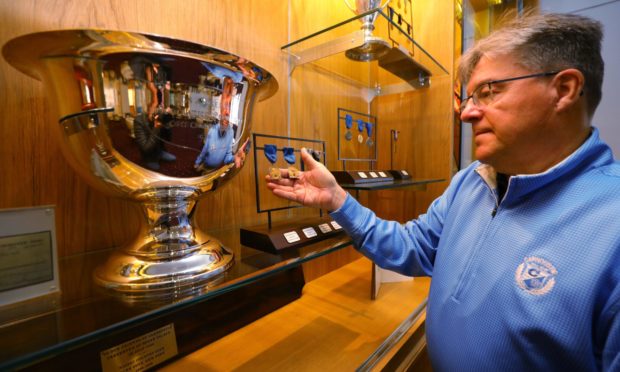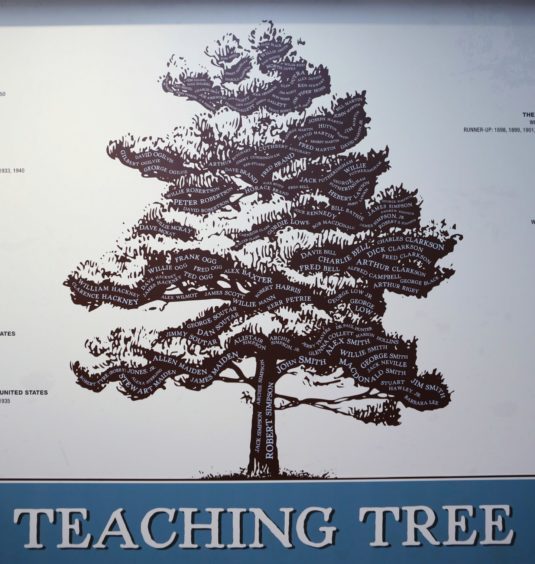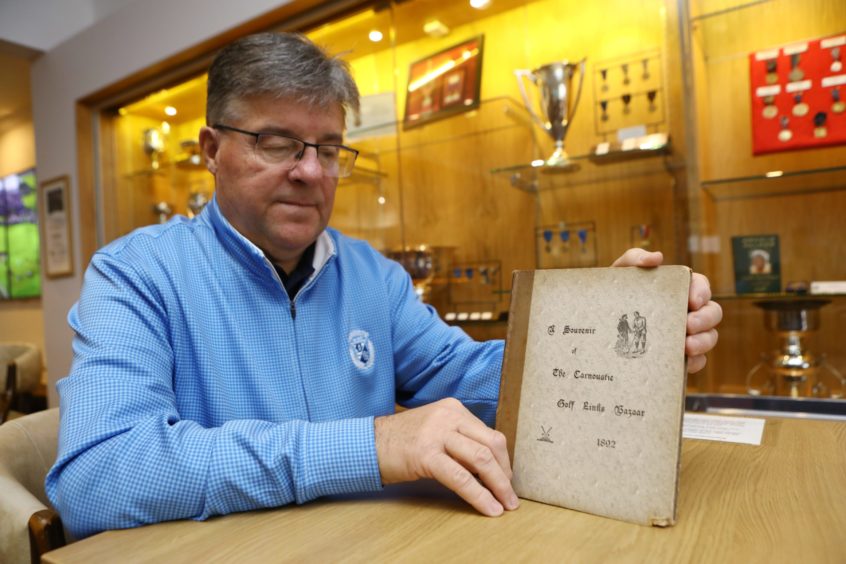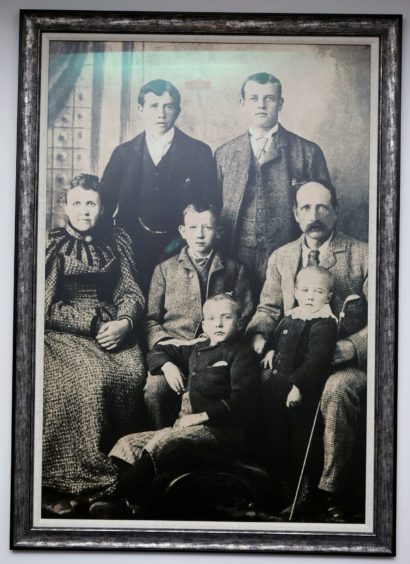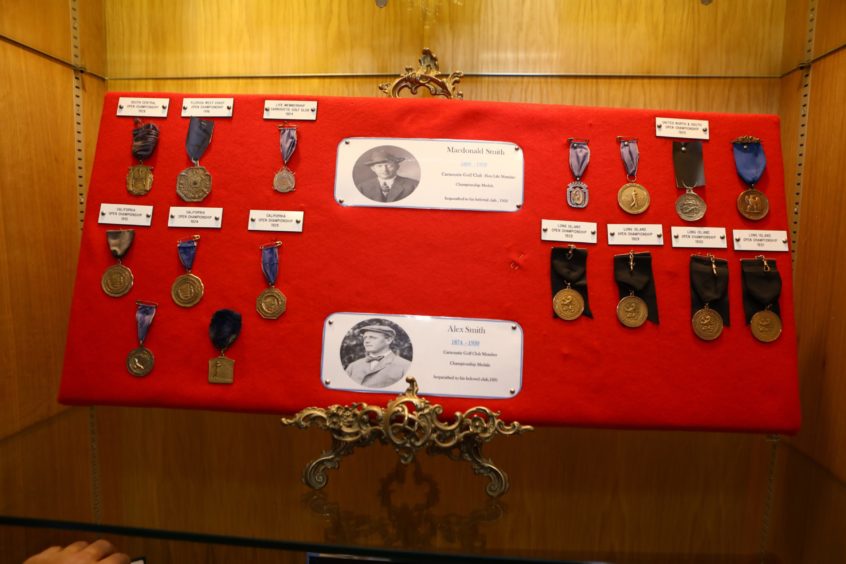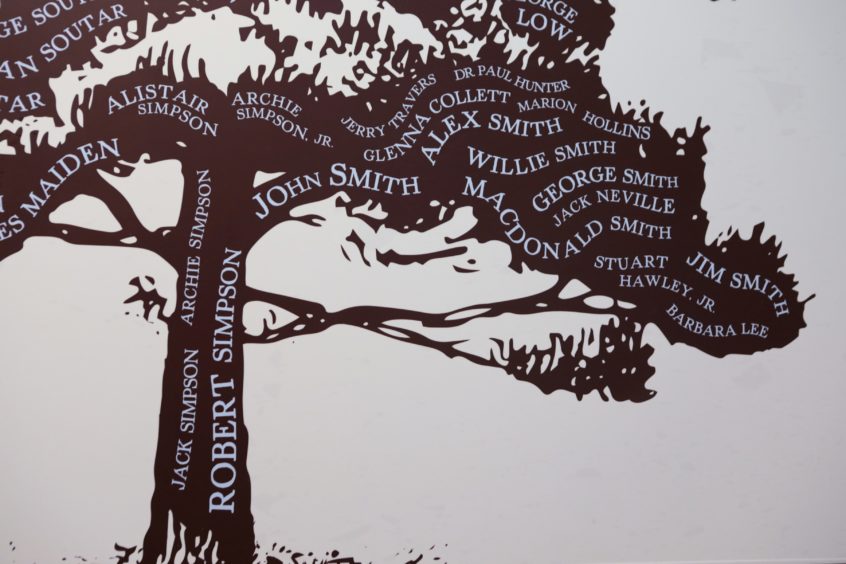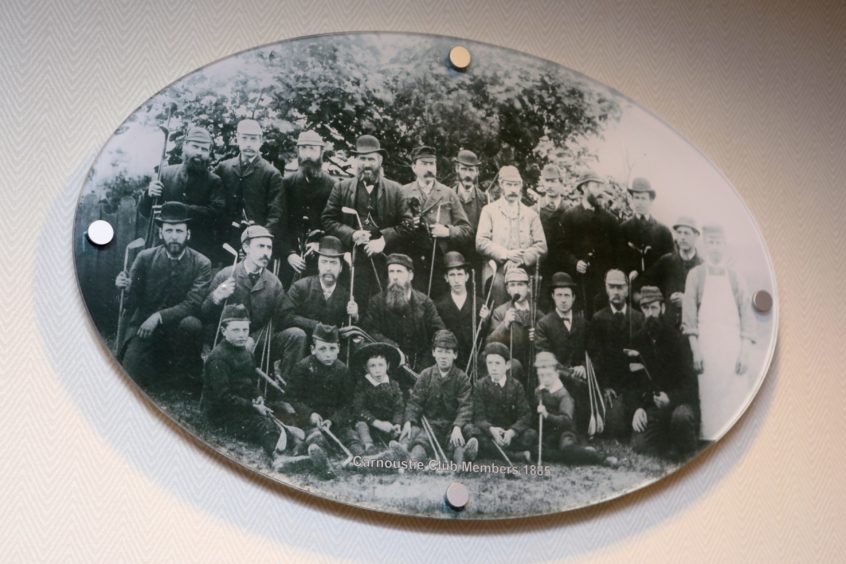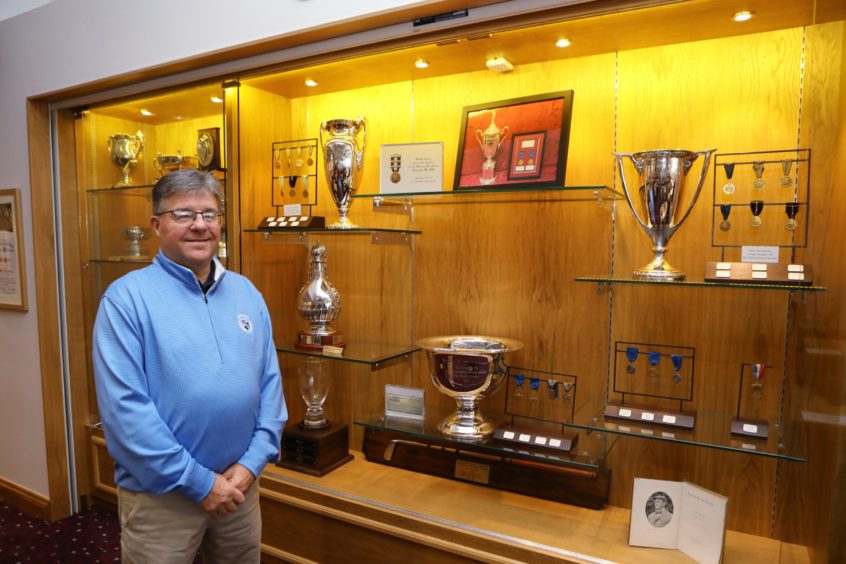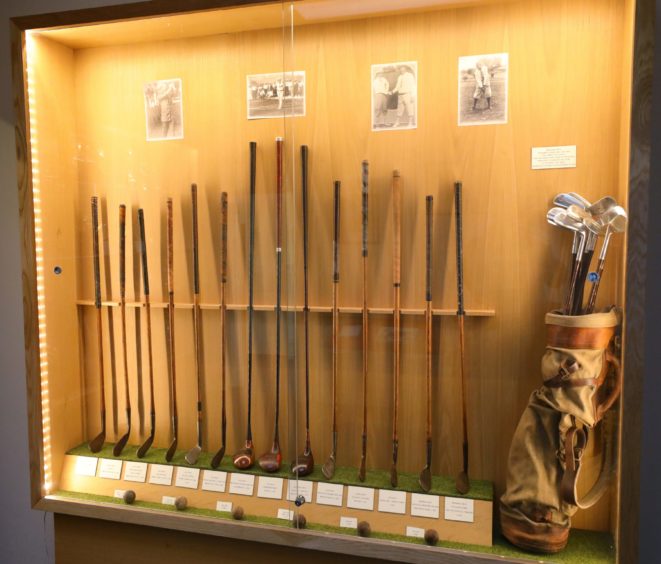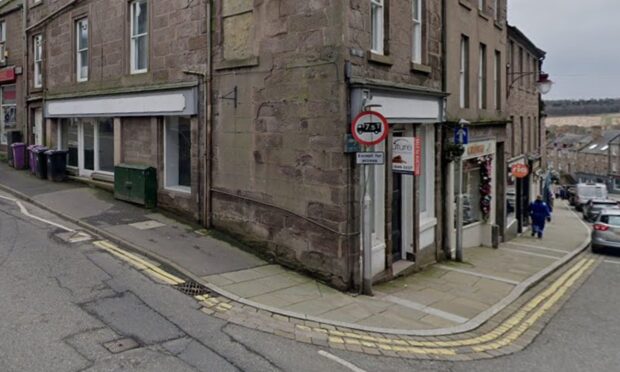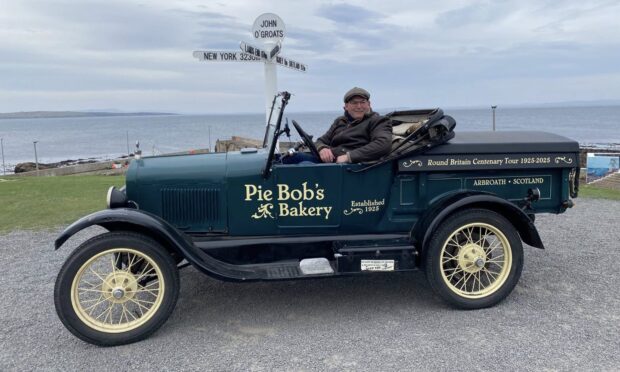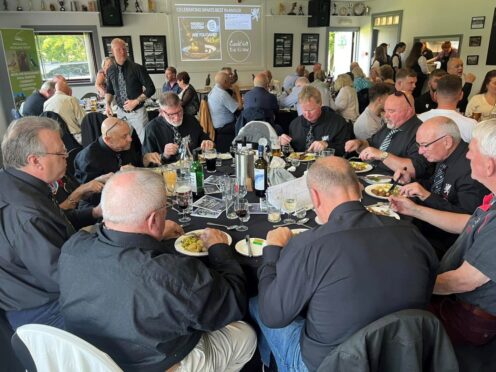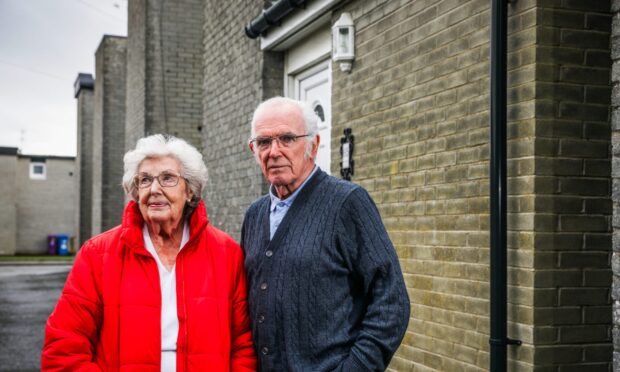Michael Alexander hears about the remarkable links between Carnoustie Golf Club and the establishment of professional golf in the USA and Australia at the turn of the 20th century – relations that thrive to this day.
It was Herb Warren Wind, the renowned American golf writer, who penned the line: “St Andrews may be the home of golf, but Carnoustie is the home of American and Australian professional golf”.
Now, three years after the official opening of a heritage display housed within Carnoustie Golf Club, the fascinating links between the 178-year-old Angus club and the USA are continuing to be celebrated as the club charts a course through the challenges thrown up by the Covid crisis and looks ahead to the future.
For Carnoustie’s 900 members – including 220 non-resident members – the modern clubhouse, overlooking the Carnoustie Golf Hotel, is a place to unwind after matches, perhaps grabbing a drink or a bite to eat.
But it’s also a place to soak up the pioneering history and heritage of the Carnoustie Golf Club, which was formally instituted in 1842 – a fascinating story that includes two US Open winners from Carnoustie who claimed the coveted prize three times between them, and celebrates the Carnoustie emigrants who became key founders of the Professional Golfers Associations in both the USA and Australia.
One of the best ways to visualise the worldwide influence of Carnoustie Golf Club is through the Teaching Tree – a giant graphic featured on the back wall inside the clubhouse which traces the successes and accomplishments of Carnoustie’s golfing sons.
Part of a major revamp of the clubhouse in recent years, the tree starts with Robert Simpson who came to Carnoustie from Earlsferry in Fife in 1883 as club maker and curator of the course for the Dalhousie Club.
His brothers Archie and Jack soon followed.
Jack winning the Open Championship in 1884 launched a generation of young golfers, teachers and eventually champions, with the teaching tree tracing the successes and teaching accomplishments of the generations that followed.
Former Carnoustie Golf Club captain Bill Thompson, responsible for history and heritage at the club and the driving force of the exhibition, explained how the Simpson boys bringing professional golf and club making to Carnoustie was pivotal to the dramatic trans-Atlantic events so integral to the club’s ongoing success story today.
“Most of the Carnoustie kids who were mad on golf in the late 1800s, worked and learned their trade in Simpsons as club makers,” explains Bill, 62.
“That would be the catalyst for the mass immigration programme to the USA where in 1898 Alex Smith – the foreman at Simpsons and the first of the Smith brothers – left to go to Chicago for a job as a club maker of golf.
“Three months later he sent for his next brother Willie. He’d join the staff as a pro at Shinnecock Hills in New York, which is famous now because of the US Open.
“Willie went out there in late 1898 and in late 1899 Willie would win the US Open.”
Alex himself would claim the US Open twice – in 1906 and 1910.
On the second of those occasions, he beat another of the golfing siblings, Macdonald, in a play-off.
Alex and Willie became, and still are, the only siblings to win the US Open.
But there was tragedy for the brothers in 1916 when, after moving to Mexico City Golf Club to be the head professional there, Willie was killed.
It happened after the calling of the Mexican Revolution when the golf club was attacked and destroyed. Willie perished and no US Open medal was ever recovered.
Bill describes Alex as the “pied piper” of trans-Atlantic golf – ultimately attracting 300 Carnoustie boys to take up golfing jobs in America.
America had just found golf so there were no club makers, people with golfing skills or in those days who could make golf balls.
The Smiths were the leaders and Alex would become one of the most revered golf pros in the US.
When Bill has dug into the stories, however, it’s the sub-plots which have often brought the biggest smile to his face.
One of those involves Alex’s brother in law, Carnoustie lad Stewart Maiden who taught future Grand Slam winner Bobby Jones to play golf when Jones was a young boy.
“When Alex went to America in the first place – and this is the bit of the story I love – it was an 11-plus day journey £20 by steamboat from Liverpool to New York followed by several trains to Chicago,” smiles Bill.
“But six months later he was sent home to Scotland because it froze up and there was no golf in the winter.
“When he came back he got married to a Carnoustie girl called Jessie Maiden.
“Jessie had three golf mad brothers – Alan went to Australia and became part of the Carnoustie group that changed the face of golf in Australia.
“Stewart and Jimmy went to America with Alex. They were both club makers, Jimmy was the foreman, as Alex was before him , at Simpsons.
“Alex took them to New York where he was now based and instead of coming home for the winter, they figured out they could travel south when it got cold in the north.
“They ended up in Florida, but on the way down they stopped at East Lake Golf Club in Atlanta for several months.
“Whilst there Stewart befriended a six-year-old kid and taught him to play golf, and that kid was Bobby Jones!”
Bill said they were very much pioneers of the so-called “Follow the Sun” – the movement of wealthy Americans from the north and mid-west to the south in winter. Alex taught them how to play golf and ran golf schools.
“There’s a story that the pre meetings to set up the PGA of America was held in Alex’s workshop, at Wykagyl Country Club, ” adds Bill.
“The American PGA was formed with 17 Scotsmen out of 35 attendees at the first meeting.
“That started a mass exodus of kids that would continue all the way through the 1920’s, 1930s, 40s, 50s and created relationships that Carnoustie Golf Club had with all the major players, because they were taught or had relationships with our members who had gone to the States.
“Arnold Palmer for instance – his father took over as golf professional in Pittsburgh from Fred Brand Sr, who was one of our members.
“When Fred Brand Jr came over to pick up his newly awarded honorary membership, Arnold came with him and joined the club, and for 20 years we got a cheque for $100 every January from Palmer.
“He was made an honorary life member to celebrate our 150th anniversary and his gold medal part of our display.
“To this day we still have a relationship with the immediate past President of the PGA of America – he’s a member of the club.”
Bill laughs when he recalls how until relatively recently he knew little of this history.
A former scratch player who has been a member of Carnoustie Golf Club for 32 years, it was when ill health forced him to retire as global IT director for an American IT company that he became more involved in helping out with the management side of the club.
One day, he was sitting in the club when he was introduced to David Mackesey, president of Diablo Golf and Country Club – “the Californian home of Carnoustie golf club”.
Diablo was where ‘Mom and Dad Smith’ made their final American home.
David had a great encyclopaedic knowledge about the Smith family and detailed how in 1931, prior to playing in Carnoustie’s first Open Championship and following the death of Alex Smith, Macdonald Smith presented Alex’ medals to Carnoustie Golf Club.
Sir Henry Cotton would on 1950 present the recently deceased Macdonald’s medals to their Club.
The collection, including a replica US Open trophy, had been housed in an old rickety cabinet in the clubhouse – the alarm held on by Blu Tack.
As a direct result of the influence of David Mackesey and the members of Diablo CC , they created a partnership and created the new display that’s enjoyed today – the physical manifestation of the families medals and trophies – housed in a newly built secure armoured cabinet instead.
As well as telling the story of the club and it’s American legacy, Bill is also creating a ‘Ben Hogan room’ which celebrates Hogan’s Open Championship win at Carnoustie in 1953.
“My strapline is ‘Our future is our past’,” says Bill when talking about how the history of the club is essential in a world where membership fees are no longer enough to keep clubs afloat.
“We’re building a modern golf club based on a history that goes back 120 years.
“These guys had fantastic careers and were in their day very famous.
“Many of our American golfing visitors are of an age that still see Hogan as a key player in the history of golf , even 70 years after his Open win!
“But what Carnoustie would like is a marquee winner! If you got a Tiger (Woods) or a Rory (McIlroy) you can reap the benefit for many many years.”
Covid means the club has lost 92% of its non-membership visitor income.
But Bill says the club remains in a strong place.
He anticipates pent up demand from visitors when Covid is resolved and looks forward to the club building on its unique history and heritage long into the future.
